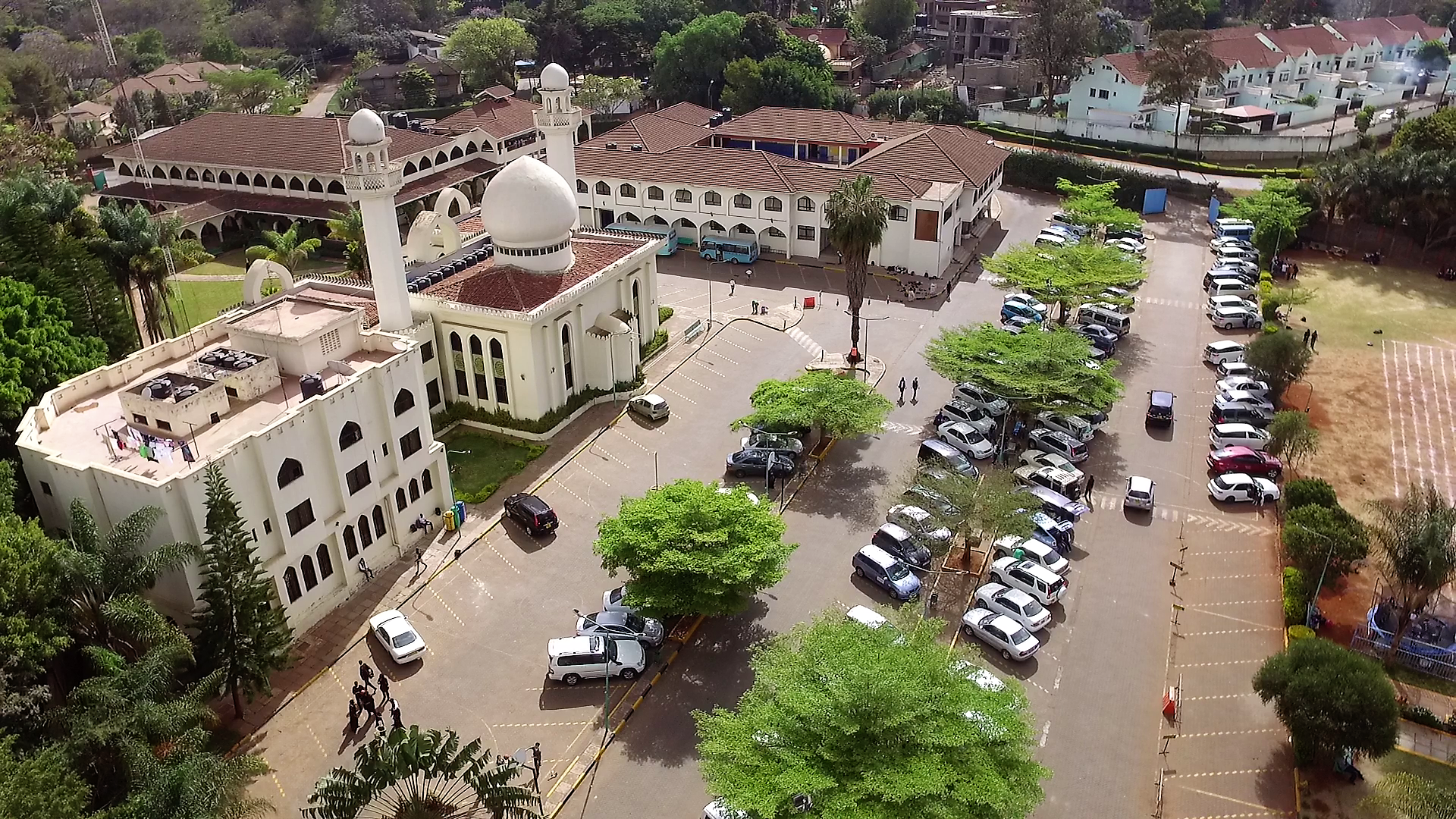Vision
Vision: To nurture God Conscious, Proud and Practising Shia Ithna Asheri Muslims.
Mission: To be a spiritual institution that enables all to make educated and informed choices in line with the Commands of the Almighty Allah (SWT) and the teachings of Ahlul Bayt (AS) in their personal lives. Also, to make a meaningful contribution to their Family, Community and Society at Large.
Aims and Objectives
- The ability to read and have general understanding of the Holy Qur’an as a living guide.
- Learn the basic sciences of Belief and Actions (Usool and Furoo Uddin) for a firm grounding in Islam, as well as sound Morals (Akhlaq) for a morally upright personality.
- Acquire a broad historical prospective (Tarikh) from the advent of Creation, the lives of Ambiya, the Prophet Muhammad (SAW) and the key events in the lives of our Aimmah, with a reflection of the lessons learnt and the significance of these events in the current times.
- Appreciation of other Islamic sects and major global religions, knowing their general principles and recognising their similarities and differences as compared to our Mazhab.
- Identify the tools that will enrich their understanding of our faith – namely the Primary sources of Hadith and the institution of Taqlid and Marjaiyyat.
- Ability to identify and research secondary resources of knowledge, including Written, Spoken and Visual sources – Physical and Electronic.
History
Haydari Madrasah Nairobi started with 25 students in a small room called Ladak Hall in the complex of Park Road Centre in the month of August 1969.
Within a period of 8 years the number of students increased to 130 and 3 classes had to be hired at Muslim Girl’s School which is opposite the Park Road Complex. As the students increased, classes were built adjacent to and above the Imambargha to accommodate the growing numbers.
The official opening of these classes took place in September 1981. Subsequently, in the year 1984, Haydari Madrasah Nairobi embarked on preparing a detailed syllabus and produced a set of 11 Books for the use of the pupils by 1987. These were the initial text-books which were then used worldwide as a foundation for all future text books in Madrasah.
In 1997, the Madrasah classes moved to JIC, Lavington when the new Jaffery Islamic Centre was completed.
In 2004, another review of the syllabus was done and Quran was included as a subject to be assessed. A Teacher Training Program was introduced in the Madrasah in 2005 to ensure that Madrasah would have a constant supply of competent teachers. Furthermore, Haydari Madrasah Nairobi constantly runs workshops to empower and uplift the teachers’ teaching skills. The MCE Tarbiyah curriculum was introduced in our Madrasah in 2018. Teachers underwent training to ensure a smooth transition to the newly adapted curriculum
Structure
- Team Leader
- Head of Academics
- Management Team includes:
– Head of Early Year Section
– Head of Junior Section
– Head of Senior Section
– Head of Graduation and Teacher’s Training
– Head of Quran Reading - Administration Team
- Teachers
- Assistant Teachers
Future Plans
- Leverage in technology
- Expansion of Quran Program.
- Development of spiritual and practical concepts of Islam.
Challenges
- Voluntary teaching staff.
- Lack of male teachers.
- Insufficient engagement and involvement of parents.
- Time constrains.



